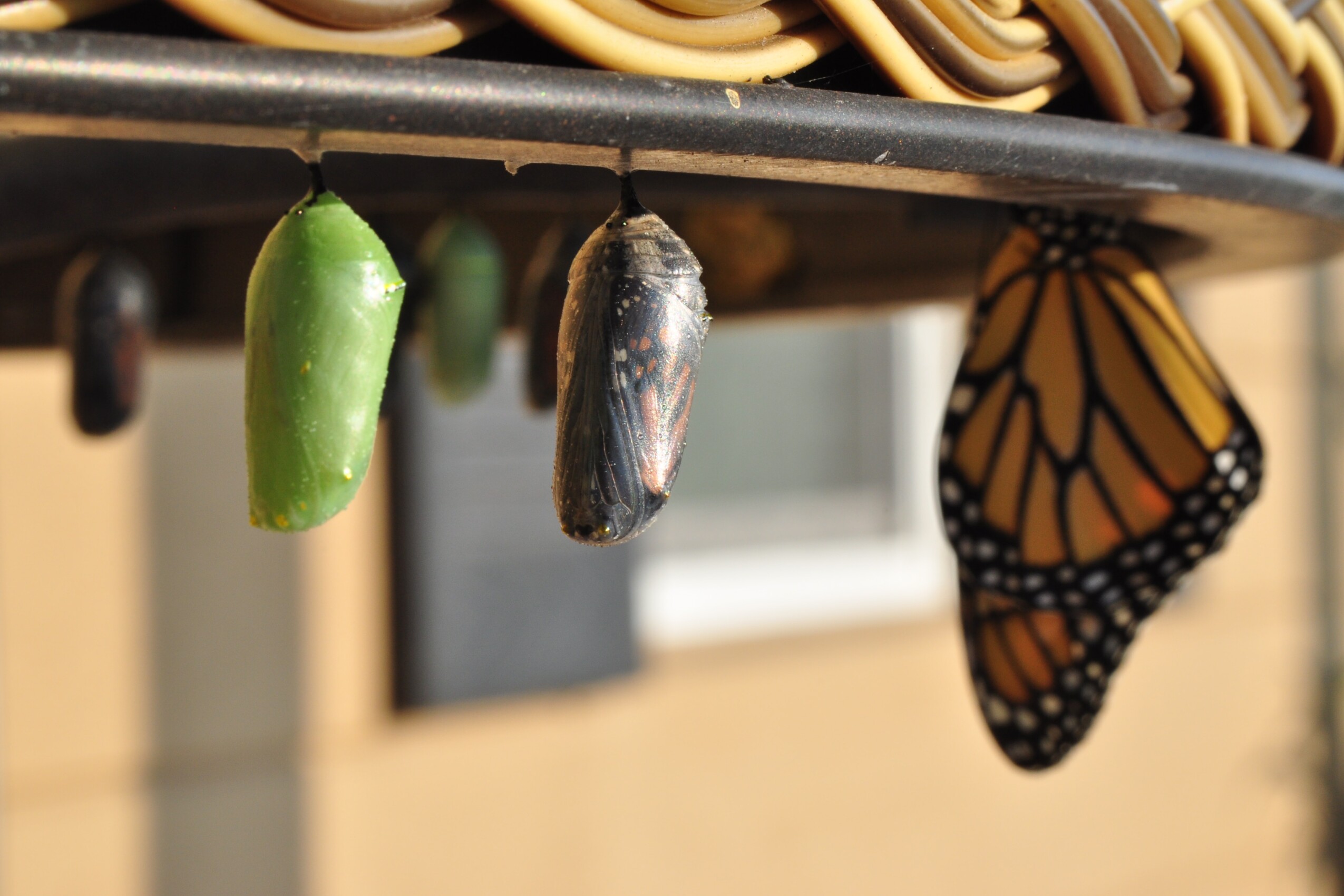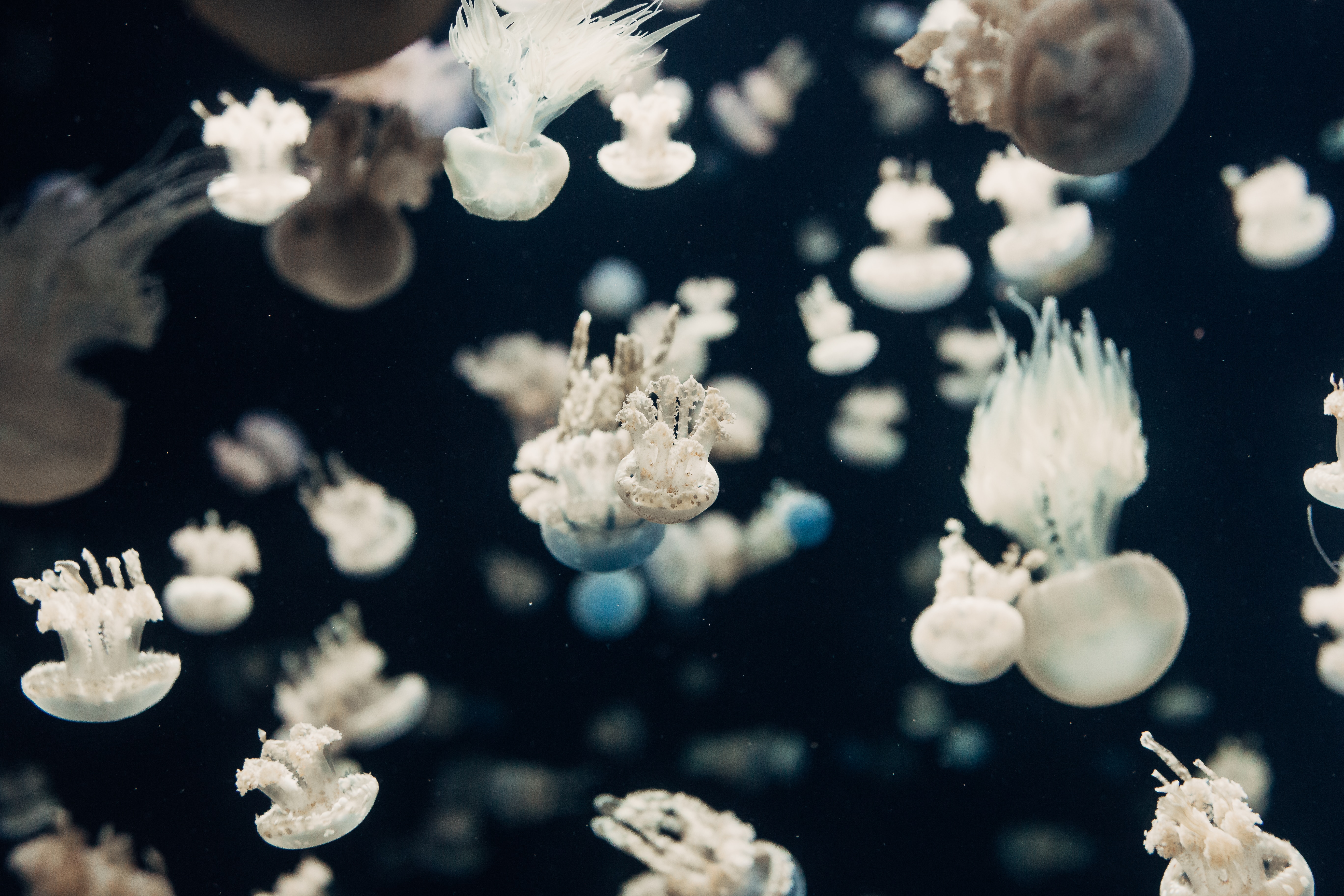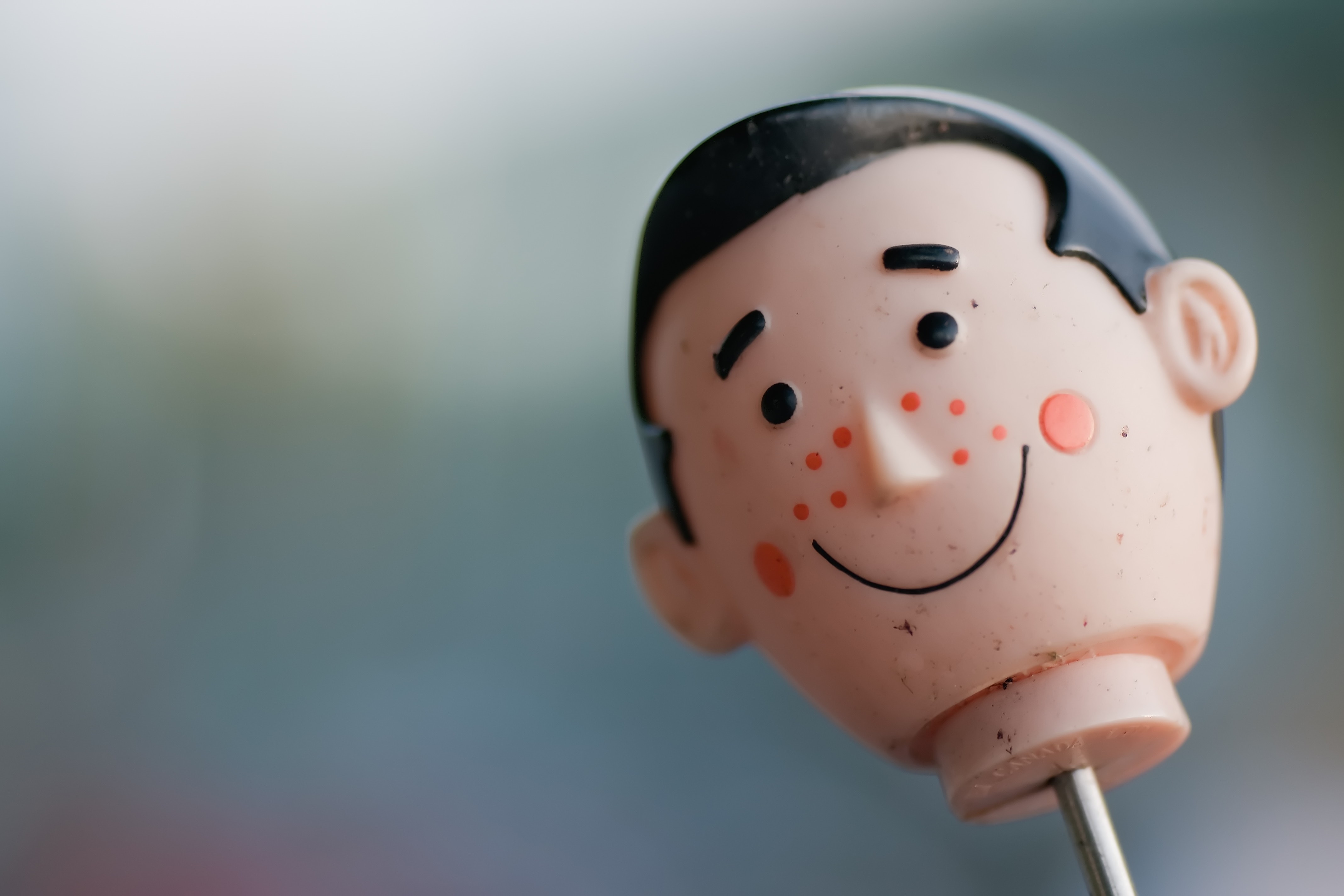The wobbling effect: Stretch your complexity muscles!
I have a masters in molecular biology. No bragging here. It is a fact.
I am therefore flawed!
I had to study biochemistry, organic chemistry biology and physiology as part of the usual curriculum of a biochemistry bachelor degree, DNA and protein metabolism, cellular biology and genetics as part of the Master cursus.
At the time, there was no real molecular biology courses. We were doing research in this fairly new field that emerged from the initial discovery of restriction enzyme in 1970 and it implication in the study of life.
I am therefore flawed as I always try to understand the organizational context around me with references to that scientific education and I have this strong urge to use metaphors to make my clients see a different perspective about their work environment.
So here is yet another metaphor to help you all get ready for the increasing complexity around you.
I invite you to conduct a short experiment. This was part of a basic physiology lecture on the mode of action of motor neurones.
Experiment in organizational biology
Material
- A four-legged chair
- No swivel wheel
- A small book
- A colleague
- An office with a door and no window (or windows with blinds)
Set up and preparation
- Call a colleague and invite her to assist you.
- Shut the door and block the office’s windows (you do not want to answer questions while performing this experiment … this will come later I assure you!)
- Remove your shoes.
Experiment part 1
- Climb and stand up on the chair.
- Jump from the chair.
- When you land, ask your colleague to estimate the angle of your bent knees as you land on the floor … yes they are going to bend. OR ask her to measure your height when your knees are bent, following the small jump.
- Hey, do not make this hard … a rough estimate is OK. Even a qualitative one.
(if you really want to act as a scientist, use an Excel spreadsheet, repeat until constant results show up and a definite trend is observed … or until you funding gets cut and publish rapidly in a dubious peer-reviewed scientific journal … list provided here
https://www.theguardian.com/higher-education-network/2013/oct/04/open-access-journals-fake-paper
Experiment part 2
- Add a small book [157 pages long approximately] under one of the chair’s leg.
- Yes, it will wobble a bit.
- Climb and stand up on the chair.
- Try to move a little bit while maintaining your balance for 30 seconds or so.
- Jump from the chair.
- When you land, ask your colleague to estimate the angle of your bent knees or your height as you land on the floor.
Results analysis
- First observation: Surprisingly the knees do not bend as much in part 2.
- Second observation: the initial effort to maintain the balance gets easier with time
Conclusion
As a scientist it is important to formulate and hypothesis and validate it with experiments and results. The hypothesis here is that the constant firing of neurones in the wobbling stage prompts the muscles to react more rapidly during the jumping stage. Therefore reducing the time between the contact with the floor and the initial flexing of the knees. The legs muscles being half-ready to react even before the fall.
This has been demonstrated physiologically for a long time. The exists a pre-stimulated stage in the neurones. Some biochemical factors an neuropeptides are released to prepare the rapid activation of the neurones which themselves activate the muscles and contract them.
Future Experimentation
Increasing the wobbling and observe the impact. It would be interesting to note when the wobbling has an opposite effect to the bending of the knees i.e. when muscle fatigue and lactic acid accumulation prevent the quick reaction and lesser bending of the knees.
Applications in real life
Take a step back and reflect on this.
What do get out of this? What do you get out of this short experimentation?
Do you see any reaction with your organizational life, management style and strategic planning?
I am really curious to read your comments which I will include in my next post where I push the metaphor and apply it to contemporaneous contexts.
Photo by Mark Rabe on Unsplash
© Copyrighted material Aliter Concept™ 2016. Please do not print or copy without permission from the author.
BUT DO SHARE IT using the social network buttons !!
ARTICLES RÉCENTS
26 octobre 2020
We must act and adapt
The change management initiatives of the past have been a resounding failure. 60–70% of them fail.……
11 décembre 2019
Law of attraction…again!
Law of attraction...again! A simple mind trick to make it happen. Your brain hold the key. But,…
26 septembre 2019
Best techno tools for time management
Best techno tools for time management. Oh this might shock you!
5 mars 2019
Rapid culture change oxymoron alert!
Rapid culture change oxymoron alert! This is a true story. I was having a serious discussion with a…



